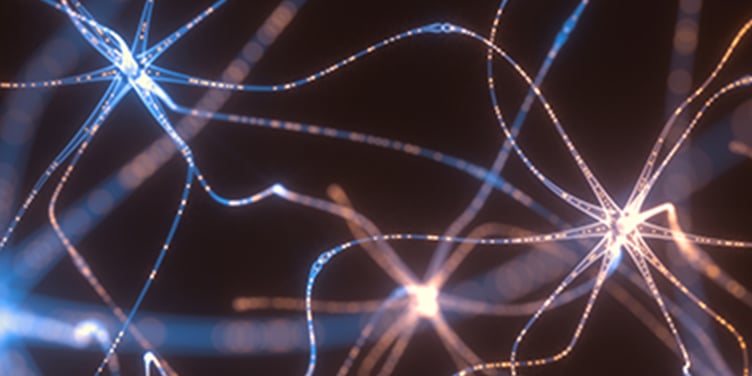
Eisenmenger's Syndrome
Eisenmenger's syndrome, which is named after the doctor who first described it, is a combination of two conditions. First, it involves having a communication, or hole, between two cardiac chambers that allows oxygenated blood to recirculate back into the right ventricle and to the lungs instead of flowing out of the left ventricle to the rest of the body. Over time, this extra blood flow to the lungs damages their vessels, causing high pressures or pulmonary hypertension that reverses the flow of blood, so the deoxygenated blood goes out to the rest of the body. Eisenmenger's syndrome refers to this combination of reversed blood flow with pulmonary hypertension. It results in cyanosis or low oxygen content in the blood and may eventually result in failure of the right ventricle. However, many patients live well into adulthood with the proper care.
The hole may be a ventricular septal defect, an atrial septal defect or a patent ductus arteriosus. A baby born with a single ventricle also may develop this condition.
Our Approach to Eisenmenger's Syndrome
UCSF provides comprehensive, highly specialized care for adults living with heart defects such as Eisenmenger's syndrome. Our dedicated team of experts offers a wide array of services, including thorough medical evaluations, advanced treatments, long-term monitoring, and personalized recommendations on diet, exercise and psychosocial support. For patients who need transplantation, UCSF is also home to high-performing heart and lung transplant programs.
Awards & recognition
-

Among the top hospitals in the nation
-

One of the nation’s best in cardiology & heart surgery
UCSF Health medical specialists have reviewed this information. It is for educational purposes only and is not intended to replace the advice of your doctor or other health care provider. We encourage you to discuss any questions or concerns you may have with your provider.





